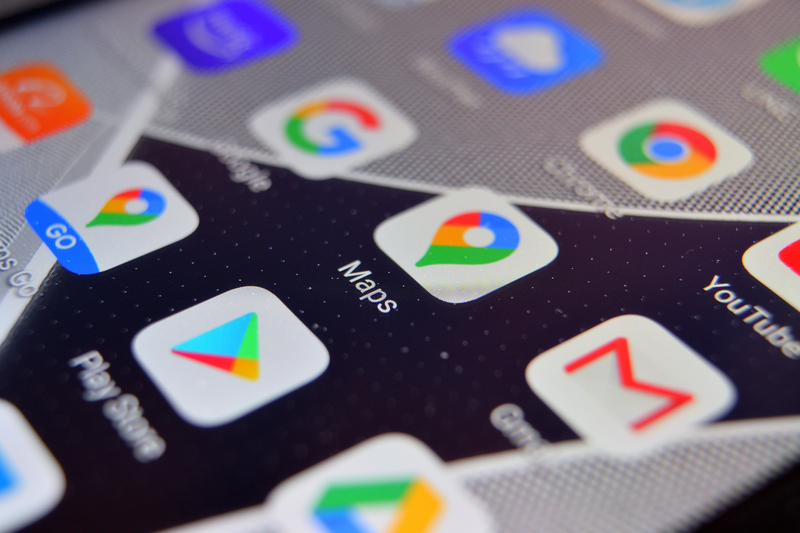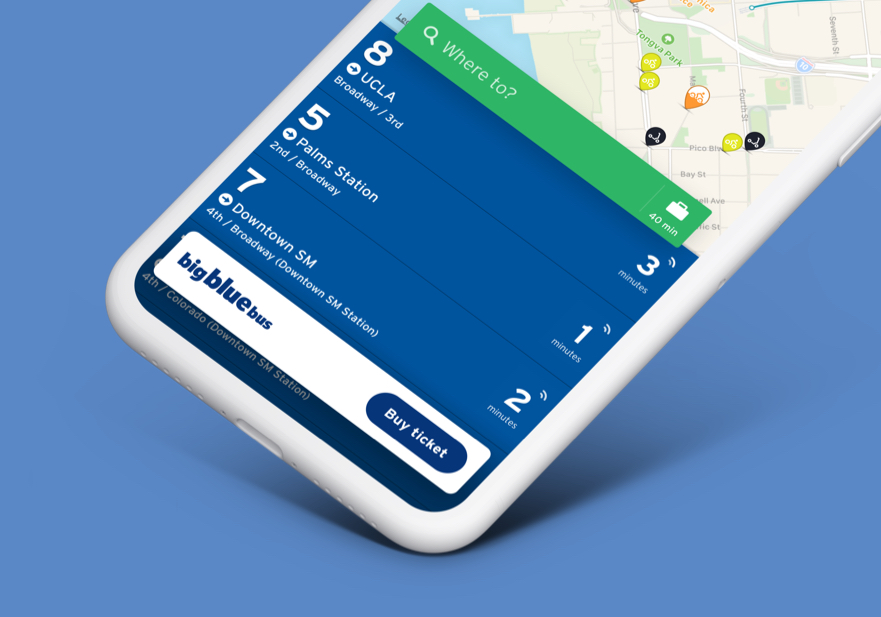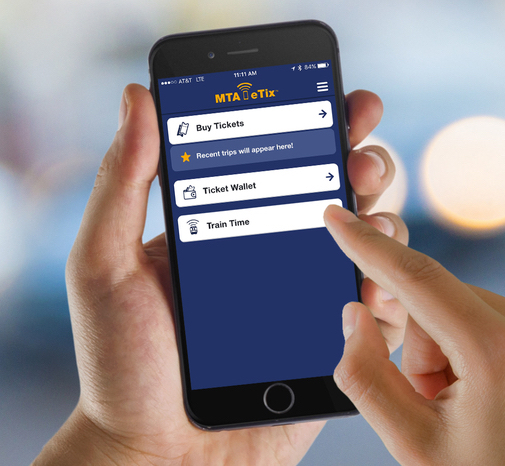
Article Highlights
Google is late with its plans to enable users to initiate purchases of transit tickets and fare cards in its trip-planning app, Maps. When that happens, the transactions will actually be carried out in Google Pay. The search giant has already integrated ticketing and fare payments in directly in Google Pay. That is the main platform the search giant is seeking to enhance.
• Table: Major platform ticketing providers, including investors, clients, pricing and deals with trip-planning apps.
• Chart: Third-party apps off to a slow start for ticketing and payments with two pioneering transit agencies.
Google has finally enabled users to initiate purchases of public transit tickets from its Maps app, following delays. Meanwhile, rival trip-planning app providers Moovit and Transit have been quietly moving forward with signing up most of the same small U.S. transit agencies to sell tickets in their apps.





















